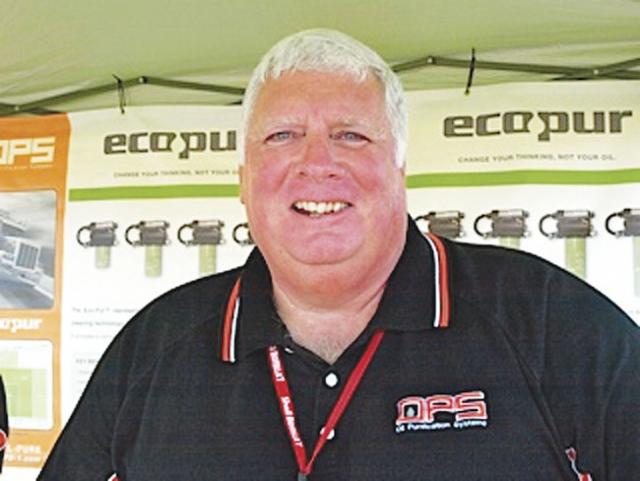Understanding Oil Contaminants

As winter approaches you should start preparing for the additional stresses that are placed on engines, transmissions, differentials and cooling system. Cold weather affects the oil and lubricants that protect moving parts from wear and potential failure. Sampling engine, transmission and differential fluids before the cold sets in will ensure the fluids are still capable of performing to the manufacturer’s specifications. Most labs that perform oil analysis can analyze the transmission and differentials for the same cost as the engine oils. It is a cheap way to prevent cold weather damage to these components.
Analyzing coolant samples may require a lab that the proper equipment to ensure accurate results. It is imperative that the coolant has the proper characteristics to avoid damaging the coolant system. The sample results will include the percent of coolant vs. water, boiling point, hardness, PH, wear metals, and visual inspection for solids. Just like engine oil sampling the results for coolant samples can tell you if water pump bearings are wearing, if acid has formed and is corroding the tubing and solder joints, and is you have the proper balance of coolant vs. water recommended by engine manufacturer. It is always better to perform preventive maintenance than being stuck on side of road in a snowstorm with coolant dripping on the ground. Coolant sample cost a few buck more than engine, transmission and differential samples but it is definitely worth the expense.
This month’s first question is one that I am asking you for help with. I received a call from a fleet owner who has one truck in his fleet that had two major engine failures caused by a hard rubber like substance that formed in the camshaft area. He is not having any issues with his other four trucks and all are maintained by the same company and fuel at reputable fuel stations. There are numerous possible causes like oil severely overheating and asphaltene or bacteria from fuel contaminating the oil, or possibly a chemical reaction with some additive that they are using. While he is looking into all these possible causes, I will welcome any input anyone has on this hard rubber like substance that formed in engine. Please email me at: [email protected] please show topic in header as Movin' Out Hard Rubber.
Second question: My oil sample results were showing high fuel dilution that caused my viscosity to drop a grade. I added a viscosity stabilizer to bring the viscosity up to correct grade. Am I putting my engine at risk for failure?
While the viscosity stabilizer will bring the oil back up to the proper grade, you are just masking a fuel dilution issue that eventually will cause serious damage to the engine. Bear in mind that most oil analysis labs will not perform a Gas Chromatography test if the viscosity is within the parameters for your grade of oil. They will report a < 1% level based on the viscosity level without actually testing for fuel dilution. Therefore you would never know you have fuel dilution that is eroding the wear metal additive package in your oil that protects metal-to-metal wear. Gas Chromatography will report the actual level of fuel dilution in spite of the viscosity levels. I have seen fuel dilution at over 10% with a viscosity of 14.5 on a SAE15W40 oil (12.3-16.2) that would not have detected a serious fuel contamination issue. I find it is always best to fix a problem rather than mask it to avoid engine failures.
If you have any questions for this column please email me at: [email protected]
